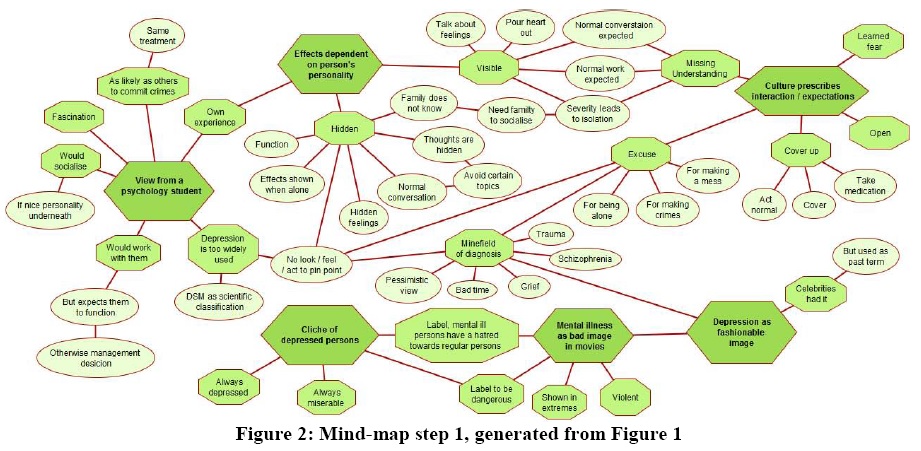


Qualitative data method map free#
You can easily create a survey using Jotform’s free online survey maker. You would then provide space for people to answer narratively with their opinion or perspective, rather than simply giving them a specific selection of responses to choose from like “I’m a vegan,” “It’s too expensive,” or “I don’t like pizza.”Īnd because surveys and questionnaires can be executed online, they’re easier to distribute, allow for wider reach, and give you the ability to collect more qualitative data, more easily. For example, you might ask an open-ended question like “Why don’t you eat ABC brand pizza?” Open-ended surveys and questionnaires allow participants to answer freely at length, rather than choosing from a set number of responses, so you get more nuanced and detailed answers. You can also apply a mixed method by gathering information beforehand using one of Jotform’s interview forms. And because the interview format provides an opportunity to ask follow-up questions, you’ll be able to fill in any information gaps and gather additional insights. Informal, conversational interviews are ideal for asking open-ended questions, which allow you to gain rich, detailed context and gather in-depth insights into participants’ opinions, experiences, and behavior. Qualitative data-collection methods One-on-one interviewsįace-to-face interviews are one of the most common qualitative data-collection methods they’re a great approach when you need to gather highly personalized information. One way to gather this data is through open-ended surveys and questionnaires, but let’s look at a few more. Basically, qualitative data can give you the story behind the story. Quantitative data can tell you about your market share, the demographics of your customers, and how often they buy your products or use your services. For example, qualitative data can reveal people’s feelings and opinions about your organization, and you can use it to determine why customers buy your products (or don’t). You gather it to understand the reasons and motivations that drive certain behavior. Qualitative data is descriptive rather than numerical, and it looks for context - it’s about people’s perceptions. It very much boils down to the big picture vs the little picture, and each absolutely has its uses in everyday life.Employee Satisfaction Survey Form Template While they’re not great at nominal specifics, these maps give an excellent overview of landscape features like vegetation, ground/surface texture, essential roads and pathways, property lines, and more. However, none of this means that qualitative ones don’t have their fair share of positives. An especially timely example is the coronavirus maps that visually represent disease spread in our communities and countries. In many ways, this then allows quantitative maps to go deeper into the characteristics of geographic area than qualitative maps, as elevation, temperature, population counts, etc., are all frequently touched on. Meanwhile, a quantitative map uses statistics to present information related to numbers. Sitting there wondering how this translates into the world of maps? Qualitative maps draw on their thematic data and relay information about whether a chosen subject is present (or possibly absent!) in an area.


 0 kommentar(er)
0 kommentar(er)
